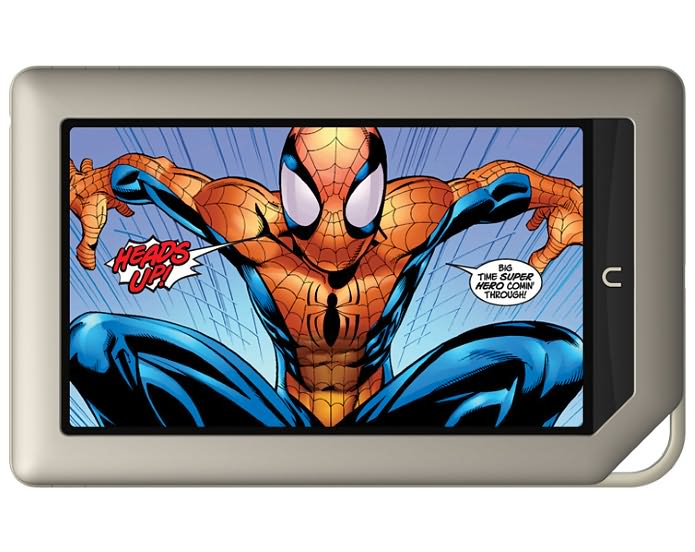What exactly defines a tablet? Is it the large touchscreen? Is it the operating system? Is it the ability to run apps? What separates a tablet from a PC, curated e-readers from tablets, and junk from quality hardware? This question has been recently relevant in the introduction of the Nook Tablet and Kindle Fire to the already crowded tablet arena, currently largely dominated by the iPad. Both Barnes & Noble’s and Amazon’s respective tablets only have legitimate access to their own app stores. B&N claims only around 2,000 applications, while Amazon’s boasts a more robust 11,000 and counting apps for its tablet. But are these 7-inch multimedia consumers bona fide tablets or just enhanced e-readers, striving to attain market share?
One of the options the more tech savvy geek had until recently was sideloading of apps, even installing the Google App Market, to supplement the experience on their Fire or Kindle Tablet. Recently though, Barnes & Noble sent out an update that renders sideloading of apps impossible, but allows already installed apps to continue functioning. A recent Amazon update to the Kindle Fire, innocuously named 6.2.1, disabled root access to their tablet as well.
So does losing the ability to sideload apps or download them from the App Market render these slightly-more-than-e-readers as less-thans? Does a tablet by any other name smell as sweet? The relatively inexpensive prices of the Fire ($199) and the Nook Tablet ($249) may make them bargains, but their tablet status is definitely in limbo. Even with friendly hackers such as XDA-developers probably working hard to fix the non-open nature of Amazon’s and Barnes & Noble’s offerings, perhaps if one wants a more authentic tablet experience, they should go with an Android or iOS option instead.


Comments are closed.